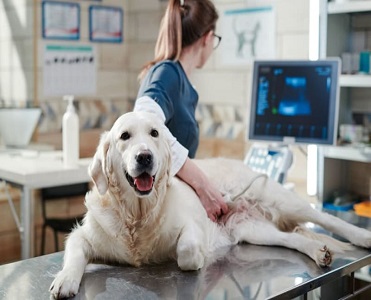Puppy confinement training is an essential aspect of raising a well-behaved and independent canine companion. Whether using a crate or a designated puppy-proofed area, the goal is to create a safe and comfortable space where your puppy can develop positive habits and feel secure. Here are some tips to make the confinement training process smooth and beneficial for both you and your new furry friend.
Introduce the Confinement Area Gradually:
Begin by introducing your puppy to the confinement area gradually. Allow them to explore the space with positive reinforcement. Use treats, toys, and praise to create a positive association with the area. This gradual introduction helps your puppy view the confinement space as a welcoming and secure environment.
Choose the Right Confinement Option:
Select a suitable confinement option based on your puppy’s size, breed, and individual needs. Crates are popular choices for their security, but playpens or puppy-proofed rooms can also be effective. Ensure the space is well-ventilated, safe, and free from potential hazards.
Make the Confinement Area Comfortable:
Add comfortable bedding, toys, and perhaps a few items with your scent to make the confinement area inviting. A cozy environment contributes to a positive association, reducing stress and anxiety for your puppy.
Associate Confinement with Positive Experiences:
Use positive reinforcement to associate confinement with enjoyable experiences. Feed your puppy meals in the confinement area, provide treats, and engage in play. This builds a positive connection between the space and positive events, making your puppy more willing to spend time there.
Gradually Increase Confinement Duration:
Start with short periods of confinement and gradually increase the duration as your puppy becomes more accustomed to it. This gradual approach prevents stress and ensures that your puppy sees the confinement area as a normal part of their routine.
Use Confinement for Nap Times:
Puppies need plenty of sleep for their growth and development. Use the confinement area for nap times, creating a consistent schedule. This helps your puppy establish a routine and understand that the confinement area is a place for rest and relaxation.
Practice Departures and Returns:
Practice leaving and returning to the confinement area multiple times during the day. This helps desensitize your puppy to your comings and goings, reducing anxiety associated with separation. Keep departures and returns low-key to avoid creating excitement or stress.
Avoid Punishment in the Confinement Area:
Never use the confinement area as a place for punishment. It should remain a positive and secure space for your puppy. Associating it with negative experiences can lead to anxiety and reluctance to enter the space willingly.
Gradual Alone Time Training:
Conduct gradual alone time training by leaving your puppy in the confinement area for short periods while you’re at home. This helps them build confidence and independence. Use positive reinforcement and gradually increase the duration as your puppy becomes more comfortable.
Monitor for Signs of Stress or Anxiety:
Pay close attention to your puppy’s behavior in the confinement area. Monitor for signs of stress or anxiety, such as excessive whining, barking, or destructive behavior. If these signs persist, reassess the training approach and make adjustments as needed.
Conclusion:
Puppy confinement training is a valuable investment in your puppy’s development and your peace of mind. By approaching the process with patience, positive reinforcement, and gradual increments, you set the foundation for a well-adjusted and confident adult dog. Remember that each puppy is unique, so tailor the training to your puppy’s individual needs and personality.
